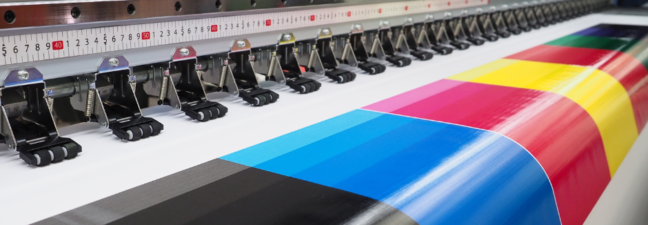When it comes to graphic design and printing, there are two common colour modes used: RGB and CMYK. Understanding the difference between these two colour modes is crucial for creating and reproducing high-quality designs.
RGB stands for red, green, and blue, and is a colour model used for digital design, such as websites, digital art, and multimedia. RGB colours are additive, meaning the more colours added together, the brighter and more vivid the image appears. An example of RGB colour is the colours displayed on a computer screen, as they are made up of tiny red, green, and blue lights.
On the other hand, CMYK stands for cyan, magenta, yellow, and key (black), and is a colour model used for printing. CMYK colours are subtractive, meaning that the more colours added together, the darker and less vibrant the image appears. An example of CMYK colour is the colours on a printed magazine, as they are created by combining ink in various percentages of cyan, magenta, yellow, and black.
The main difference between these two colour modes is that RGB is used for digital design, while CMYK is used for printing. If a design is created in RGB and then printed in CMYK, the colours may appear different than intended. This is because RGB colours can be much more vivid and intense than what can be produced by printing with CMYK ink.
When designing for print, it is important to work in CMYK colour mode to ensure that the colours in the design match the colours that will be printed. It is also essential to choose colours that are within the CMYK colour gamut, which is the range of colours that can be produced with CMYK ink.
In conclusion, understanding the difference between RGB and CMYK is crucial for digital design and printing. By working in the correct colour mode and selecting colours within the CMYK gamut, designers can ensure that their designs look the same in print as they do on the screen.







